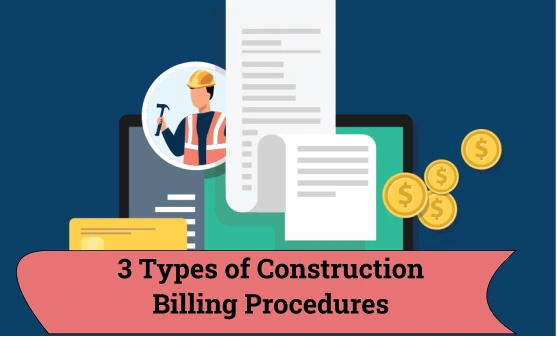What is a Tender?
A tender is a submission by a prospective contractor or supplier to an 'invitation to tender .' Contractors are invited to do a construction project or supply resources via a Tendering Process. The contractors submit their sealed bids for the construction project or for provision of specified services in a stipulated time.
The tendering process is simply carried out to select the contractor who will execute the construction project at the best rates or specifications suitable to the clients.Tendering in India is evolving from offline tender submissions to e tendering processes. The latter being more unbiased and just to contractors submitting bids, when compared to the former option. The E-tendering process in India has been framed in a way that enables the work which has to be performed for the client to be done in a fair manner. A tender can also be released for multiple contractors in a single project who will be responsible for execution of specific jobs and to work in tandem with each other.

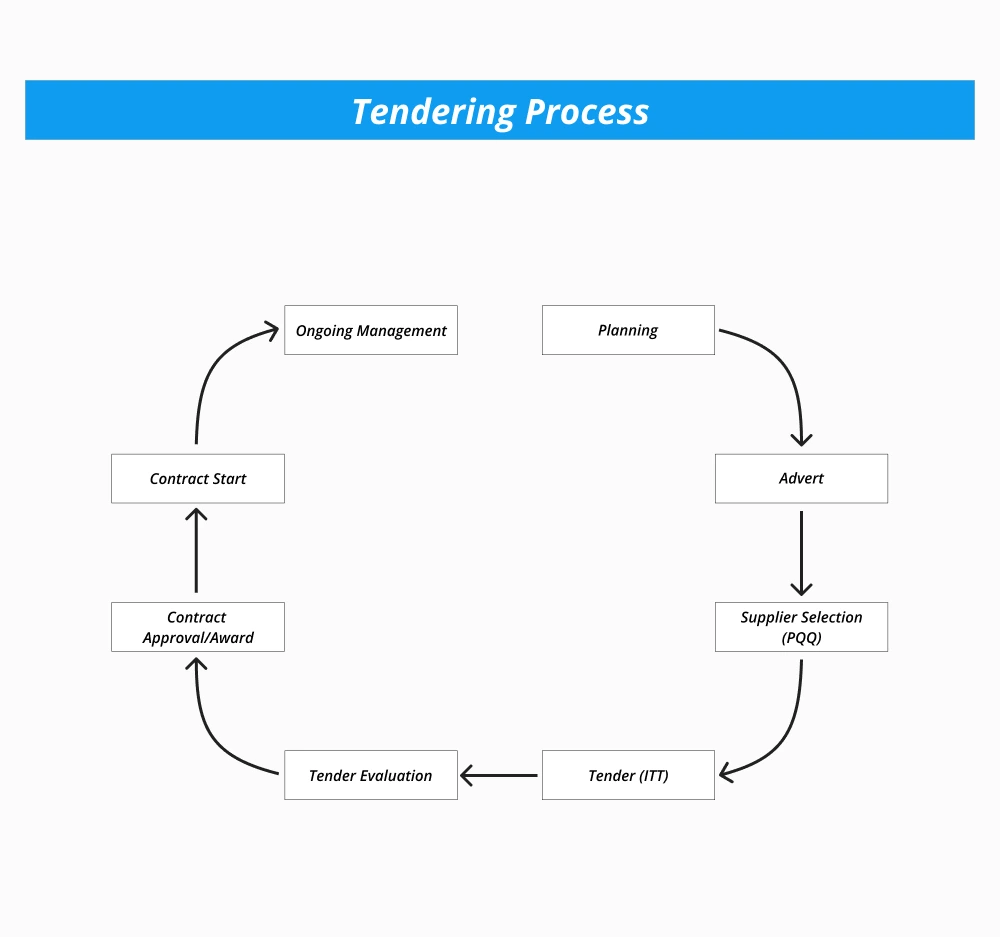
e-Tendering Process Initiation
The tenders can be issued through a number of steps :
- Expression of interest(EOI) - This is used to shortlist potential contractors before seeking any offer details. Through this process contractors can present themselves via a clear and professional document. They demonstrate that they are interested, available and suitable for the tender.
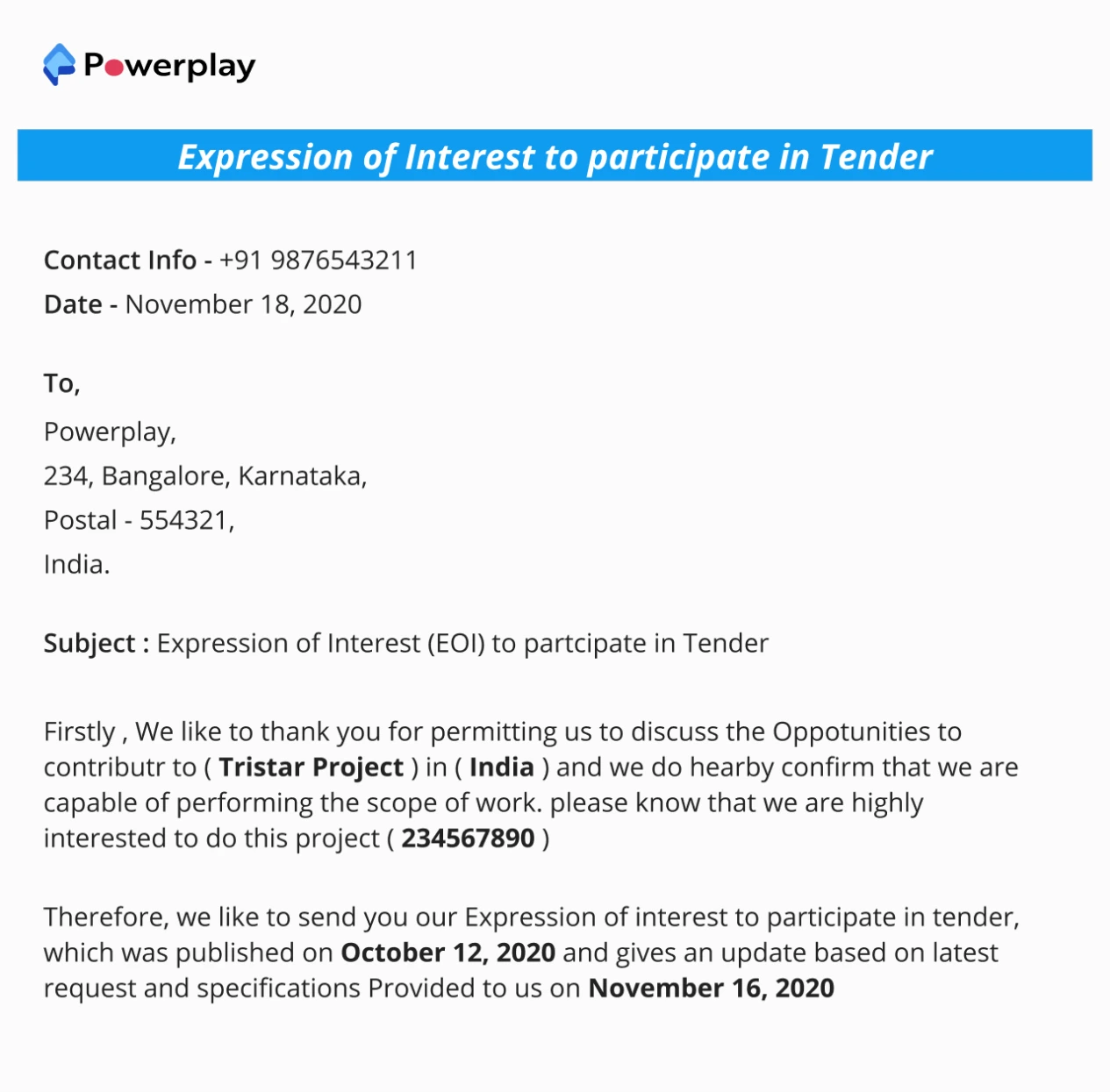
Request for Information(RFI) - The purpose of this step is to collect factual information about the potential contractors. These are often used in combination with request for proposal(RFP), request for tender(RFT) and request for quotation(RFQ), the only motive being collection of information.
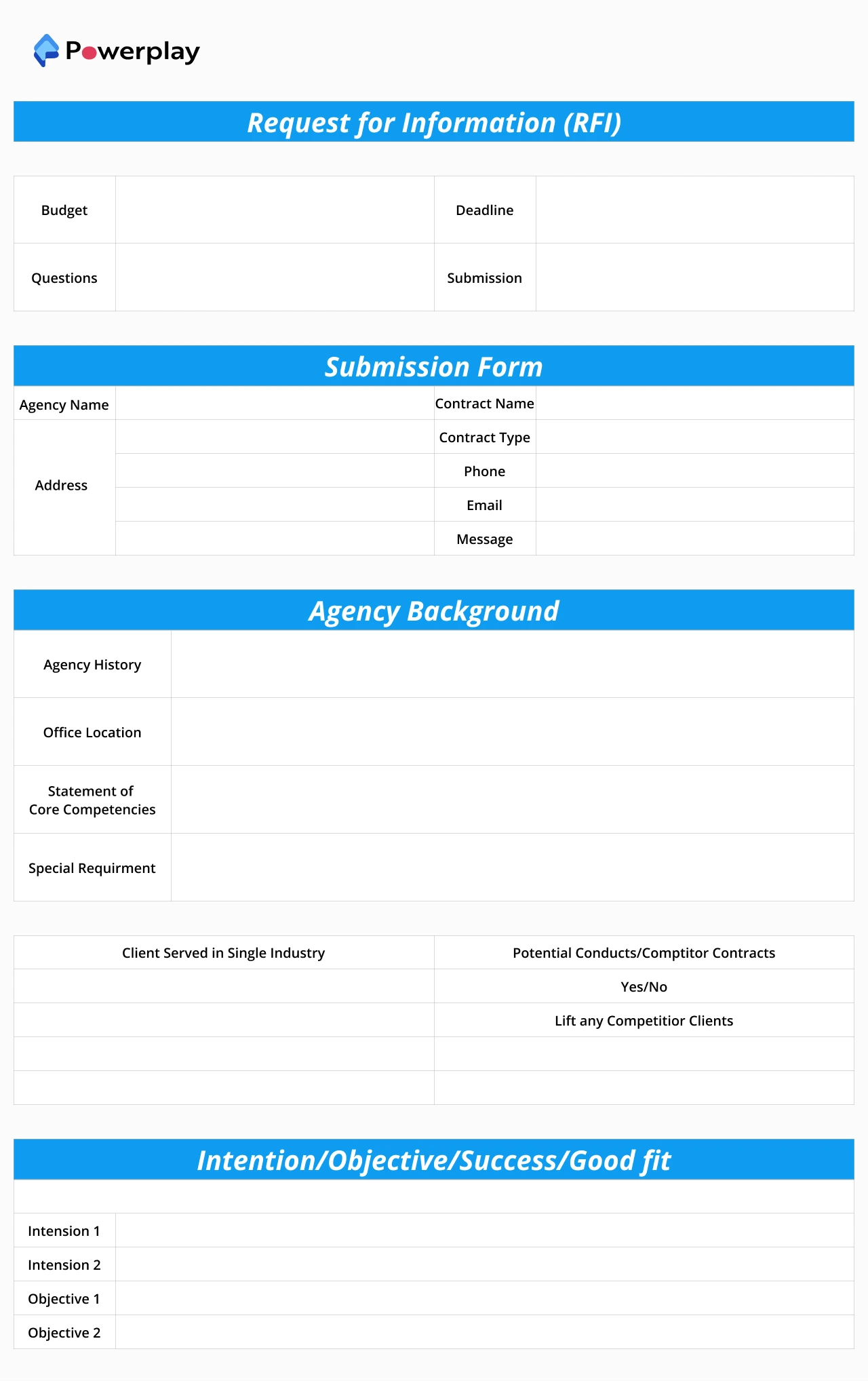
Request for Proposal(RFP) - At this stage proposals are invited from the contractors showcasing means by which the project on tender can be completed.
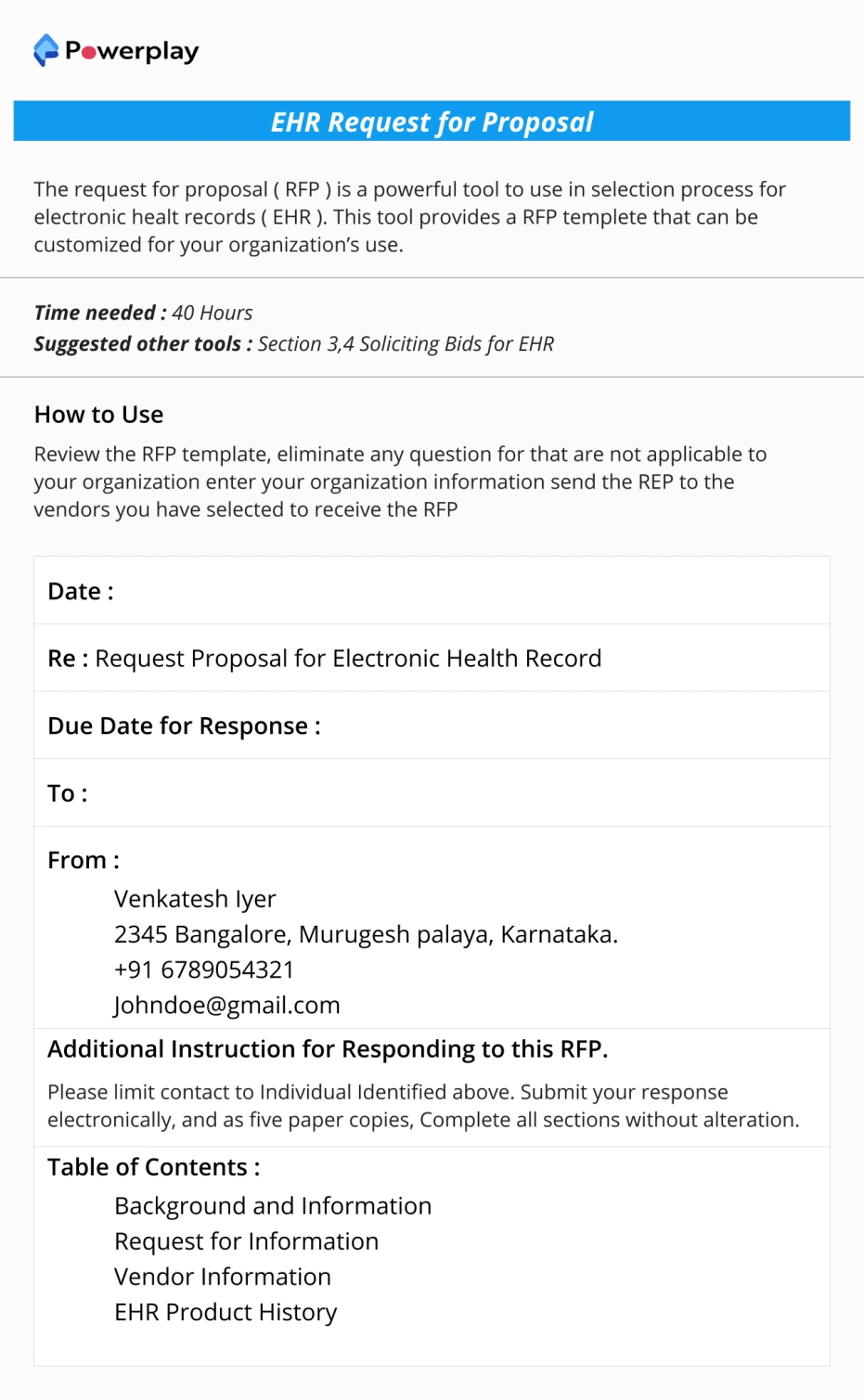
Request for Quotation(RFQ) - Quotations are invited for the service that will be provided on acquiring the tender. This is usually done for provision of products and services.
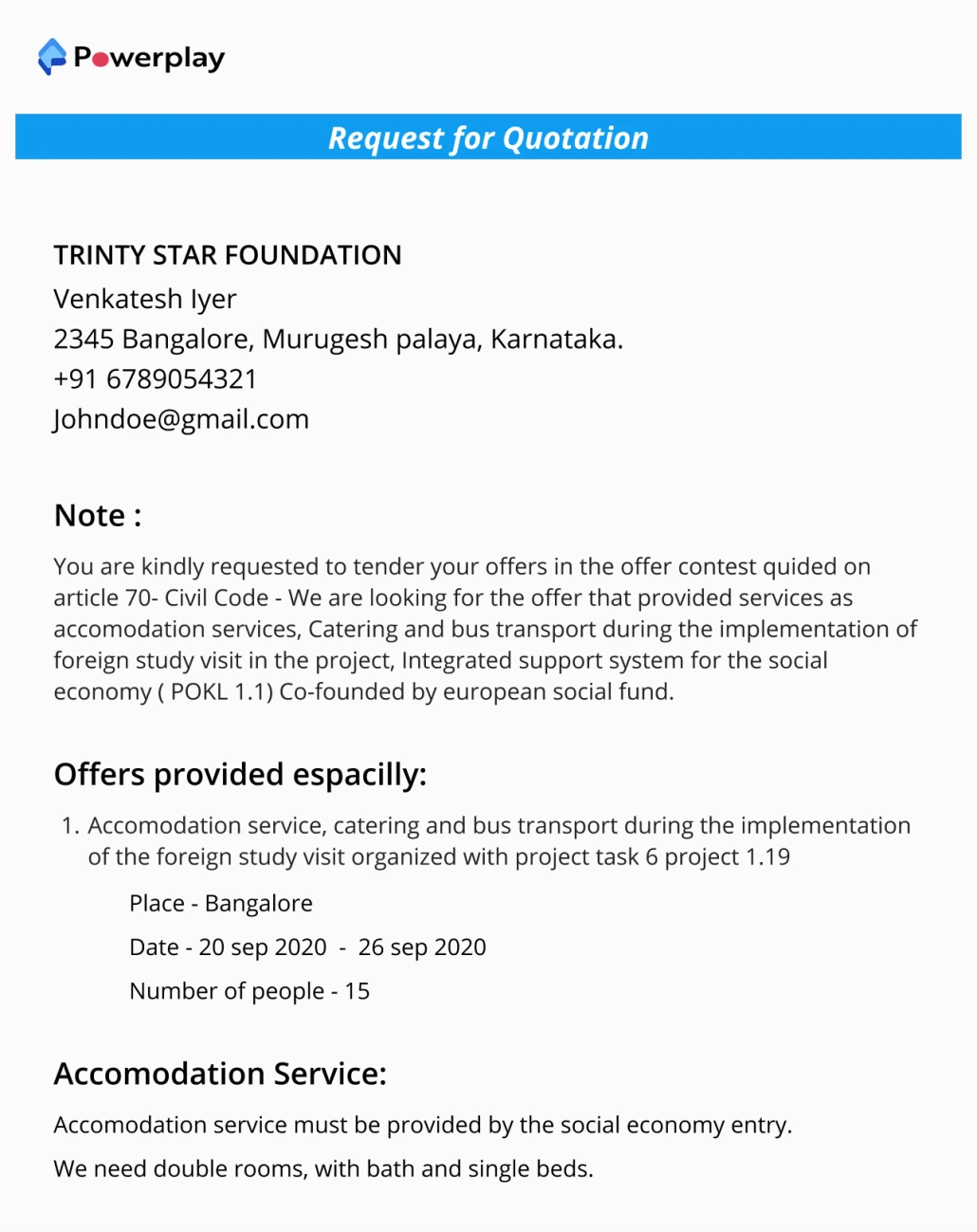
Contents of a Tender
The tender becomes a type of contract between the client and the contractor when his tender has been accepted to complete the construction project. This is why the contractor needs to keep a copy of the tender documents to himself for future reference. Tender documents usually consist of :
- A letter of 'invitation to tender'
- The 'form of tender' prepared by the client party that has to be signed by the contractor
- Preliminaries describing the project's goal
- The 'form of contract' prepared by the client's party which are agreements with non-negotiable provisions(take it or leave it) for the contractor.
- A tender pricing document is the estimated cost of the project presented by the contractor that is used for comparison with other proposed tenders.
- Employer's Information Requirements(EIR) specifies the information required by the Employer. More specifically a plan of the project designed by the contractor.
- Design drawings and project models if possible.
- Specifications define the resource requirement of the project in executing the project
- A tender return slip is fixed to the tender that states the tenderer's address for it to be returned to the tenderer in case his tender has been rejected.
All these documents have to be duly filled or signed as directed by the client and are to be submitted in a sealed package for bidding.
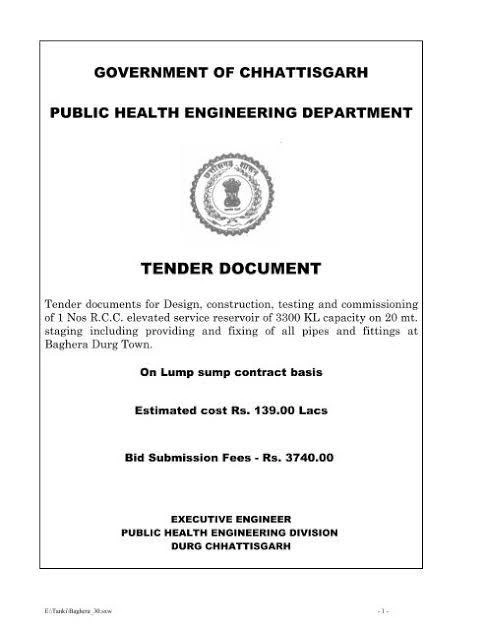
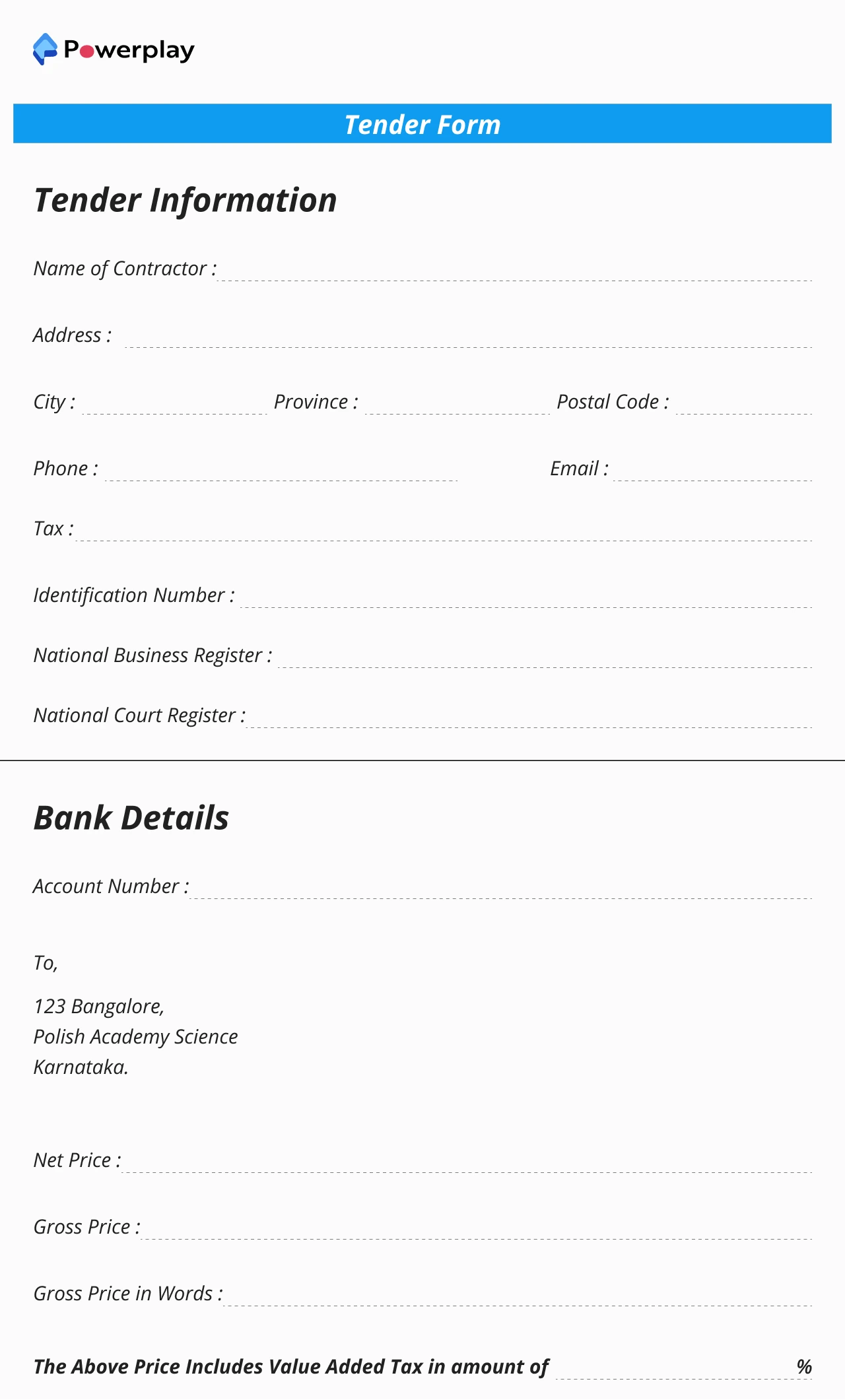
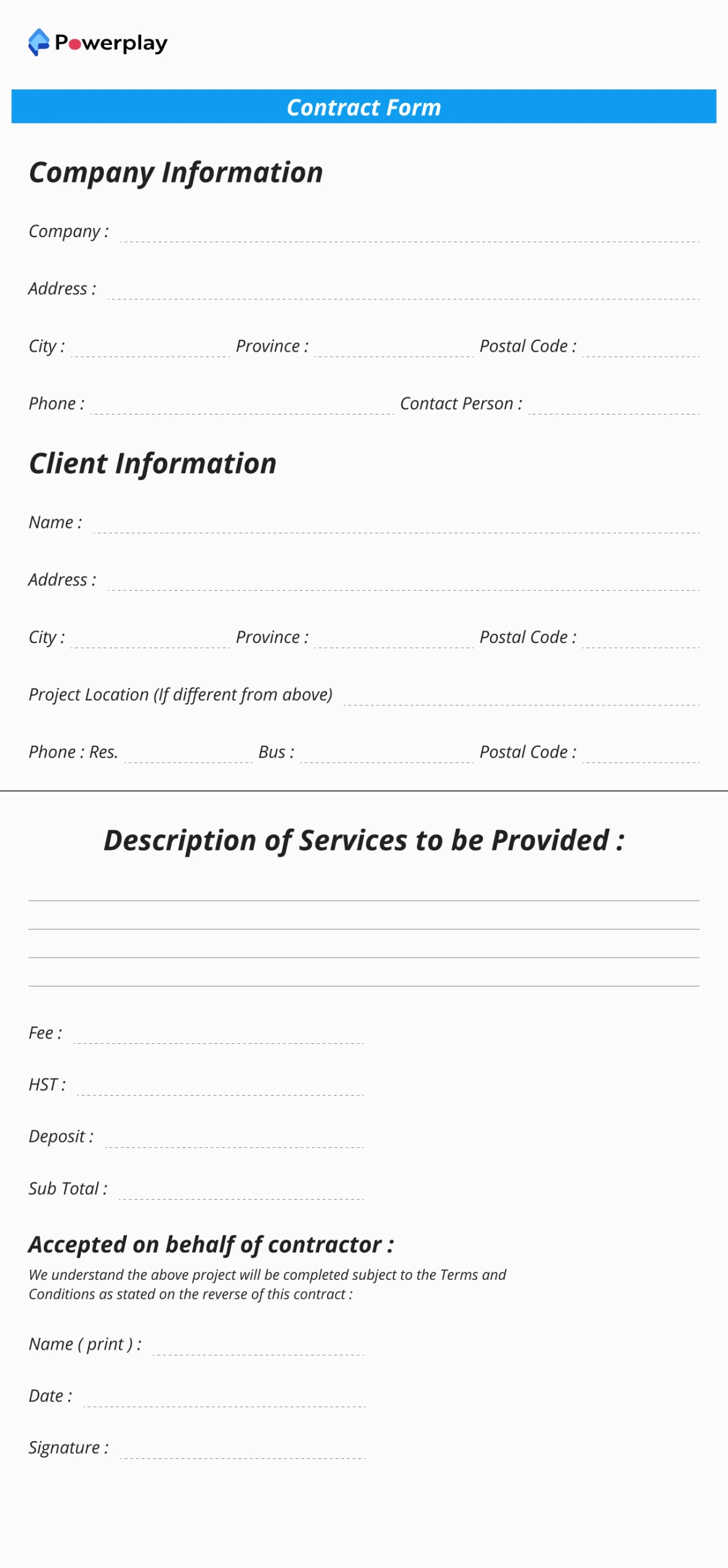
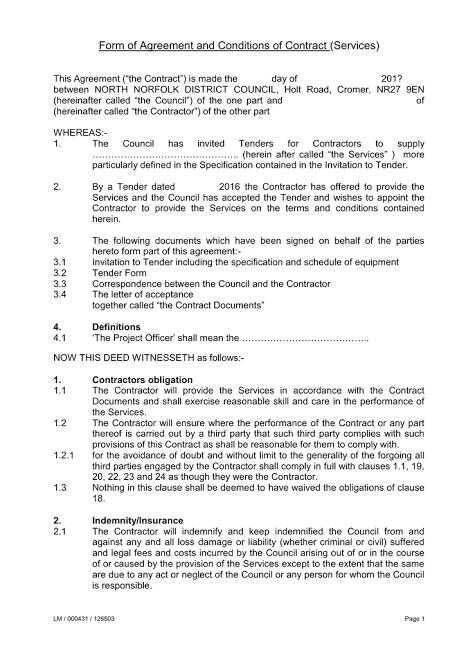
Securing a tender
After the closing date of submitting the tenders , the client compares all these tenders according to his needs and what the contractor can provide and thus selects the respective contractor to complete the project. The process of securing a tender can be performed in various ways such as :
- Open Tender - It is the most common form of tender in which the client advertises the tender offer with specific details of the job in the newspaper, inviting interested contractors. In case of larger projects a Pre Qualification Process(PQP) may be included to shortlist suitable contractors who will then be invited to prepare tenders. The disadvantage of this type of tender is that a large number of contractors submit their tender of which some may be entirely unsuitable for the contract. This wastes a great deal of time, effort and money. The advantage is that it is the most competitive tender which receives bids from emerging as well as established contractors.

- Selective Tender - This type of tender only allows a set of invited contractors to participate and submit their tenders. The contractors being invited are decided according to the scale of the project, its nature and the complexity involved. This may be done for special projects that can be performed by only a set of suitable contractors. Sometimes clients may fix their approved group of certified suppliers for projects and only invite them to submit tenders.
- Negotiated Tender - This type of tendering involves negotiating with a single contractor for specialized projects, who excel in that respective field. Sometimes it is done just to extend the scope of a current project. It reduces the cost of tendering and involves early contractor involvement which is beneficial for the project. The problem lies in the fact that unless the negotiations are structured out properly, unwanted results may arise even before awarding the contract.





